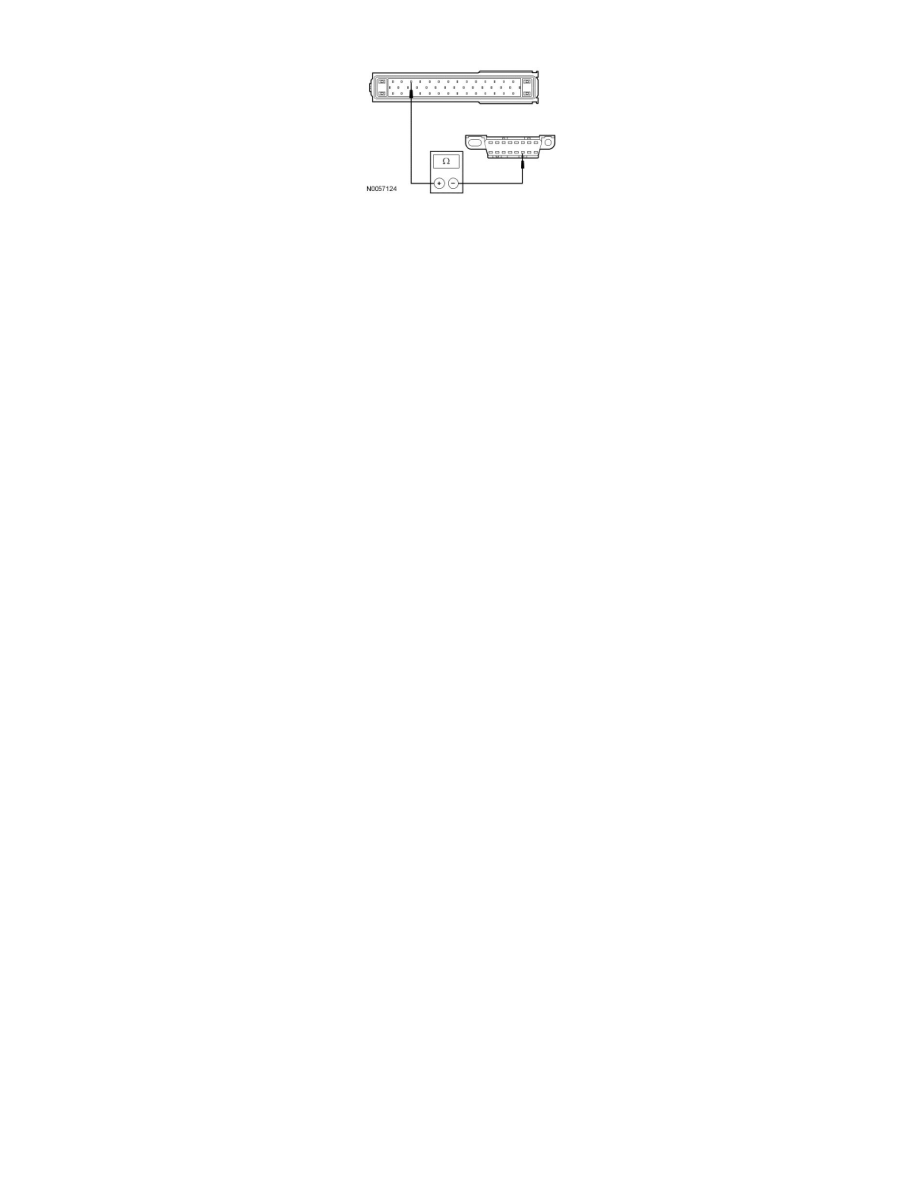Navigator 4WD V8-5.4L (2010)

harness side.
-
Are the resistances less than 5 ohms?
Yes
CONNECT the negative battery cable. GO to B4.
No
REPAIR the circuit in question. CONNECT the negative battery cable. CLEAR the DTCs. REPEAT the network test with the scan tool.
-------------------------------------------------
B4 CHECK FOR CORRECT ABS MODULE OPERATION
-
Disconnect the ABS module connector.
-
Check for:
-
corrosion
-
damaged pins
-
pushed-out pins
-
Connect the ABS module connector and make sure it seats correctly.
-
Operate the system and verify the concern is still present.
-
Is the concern still present?
Yes
INSTALL a new ABS module. REFER to Antilock Brakes / Traction Control Systems. CLEAR the DTCs. REPEAT the network test with the scan tool.
No
The system is operating correctly at this time. The concern may have been caused by a loose or corroded connector.
-------------------------------------------------
Pinpoint Test C: The Instrument Cluster (IC) Does Not Respond To The Scan Tool
Communications Network
Pinpoint Tests
Pinpoint Test C: The Instrument Cluster (IC) Does Not Respond To The Scan Tool
Refer to Wiring Diagram Set 14, Module Communications Network for schematic and connector information. See: Diagrams/Electrical
Diagrams/Diagrams By Number
Refer to Wiring Diagram Set 60, Instrument Cluster for schematic and connector information. See: Diagrams/Electrical Diagrams/Diagrams By Number
Normal Operation
The Instrument Cluster (IC) communicates with the scan tool and other modules through the High Speed Controller Area Network (HS-CAN). The IC
communicates with other modules on the HS-CAN and the Medium Speed Controller Area Network (MS-CAN).
This pinpoint test is intended to diagnose the following:
